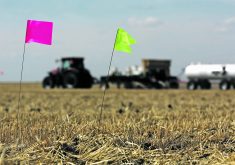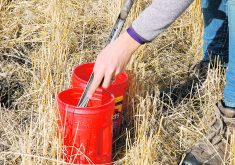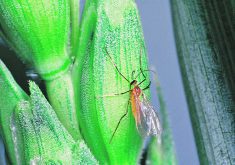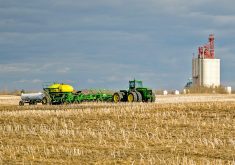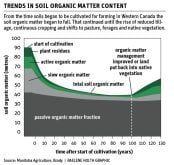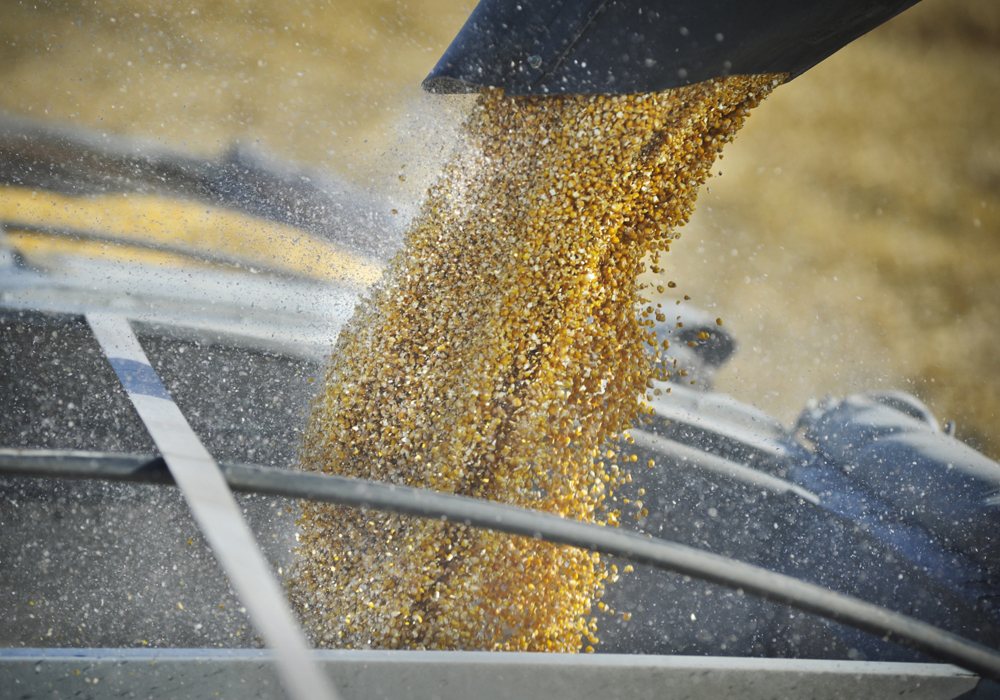Cover cropping comes in a few types and shoulder or relay takes over where spring crops end — if you have the weather for it
Cover crops have gained a lot of attention over the last few years, in the press, and in coffee row discussions. Most farmers have an opinion.
I experienced one discussion earlier this winter between two farmers. Both argued points and both were correct.
However, they were arguing two perspectives and using two entirely different definitions of a cover crop and its benefits and limitations.
Cover crops improve nutrient cycling, increase organic matter, reduce soil erosion, supress weeds, increase water infiltration, dry out wet areas and improve wildlife habitat.
Read Also

Canada told trade crisis solutions in its hands
Canadians and Canadian exporters need to accept that the old rules of trade are over, and open access to the U.S. market may also be over, says the chief financial correspondent for CTV News.
There are three definitions of cover crops being bantered around. The first is a permanent cover crop.
This may sound new but really is just the seeding down of annual cropland to a perennial forage mixture. I have an issue with the name because nothing in agriculture is permanent.
We can check off all the benefits of cover crops when discussing permanent cover crops.
In fact, it probably does a better job of all these attributes than the other systems.
Many livestock producers use this in their operations. To introduce a permanent cover crop into an operation without livestock, a producer must have a way to use the crop, either by selling the hay or by having neighbours stock the land with their livestock.
The second definition of cover crops is what is known as full-season or year-round cover crops. These crops are planted in the spring, grow through the summer and are terminated usually in the late fall. They are usually used by grazing throughout the summer and fall.
These cover crops are made up of a mixture of annual plants including grasses, legumes and brassica species.
Full-season cover crops meet all the benefits normally ascribed to a cover crop. These work best on a mixed farm or working with a neighbour with livestock.
Full-season cover crops also work well in organic production and where a mixed farm is looking for additional summer or fall grazing.
The final cover crop system, the one that is most researched and usually referred to in farm press is shoulder or relay cover cropping.
This is the system that is used in the corn- and soybean-producing areas of the U.S. Midwest.
In this form of cover cropping, a crop is planted late in the season or just after harvest. The major reasons this type of cover crop is used are to reduce erosion by keeping some type of crop growing on the land and to uptake nutrients that are in the soil and store them until the dead crop residue releases them the following year.
They are also used to reduce weeds in the fall or shoulder season. The idea is to keep something growing on the land at all times.
Shoulder or relay cover cropping is used to a lesser degree as one moves north and west from Manitoba’s Red River Valley. This corresponds to the length of the growing season.
In southern Manitoba, where harvest may start in early August, there is ample time to plant a crop and get it established prior to freeze-up.
As well, the desire is to reduce erosion in this region where tillage plays a bigger roll in their production techniques.
Concerns about nutrient displacement from fields and deposition into waterways leading into Lake Winnipeg have become magnified over the last 20 years, so the ability of cover crops to intercept nutrients and hold them in fields is important.
As well, shoulder or relay cover cropping can also dry out the soil in the fall where excess moisture exists.
This is a negative for much of Western Canada and the northern plains in the U.S. where moisture has been limiting crop production in the past few years.
As we move north and west of North Dakota and southern Manitoba, the growing season restricts the adoption of this system.
In most areas, in most years, there is not enough growing season to plant a cover crop and get it established.
There has been some work done on aerial seeding these crops into a standing crop before harvest. The date of seeding will vary by area but would probably be late July or early August.
To be successful, a rain must occur after seeding. Then hope for a wet, warm September, after the crop has been harvested.
When reviewing cover crops, first decide what you want to achieve. Secondly, learn how a cover crop might fit into your farm and which cover crop system is best for you.
Finally, crunch the numbers and see if the economics work on your farm.






